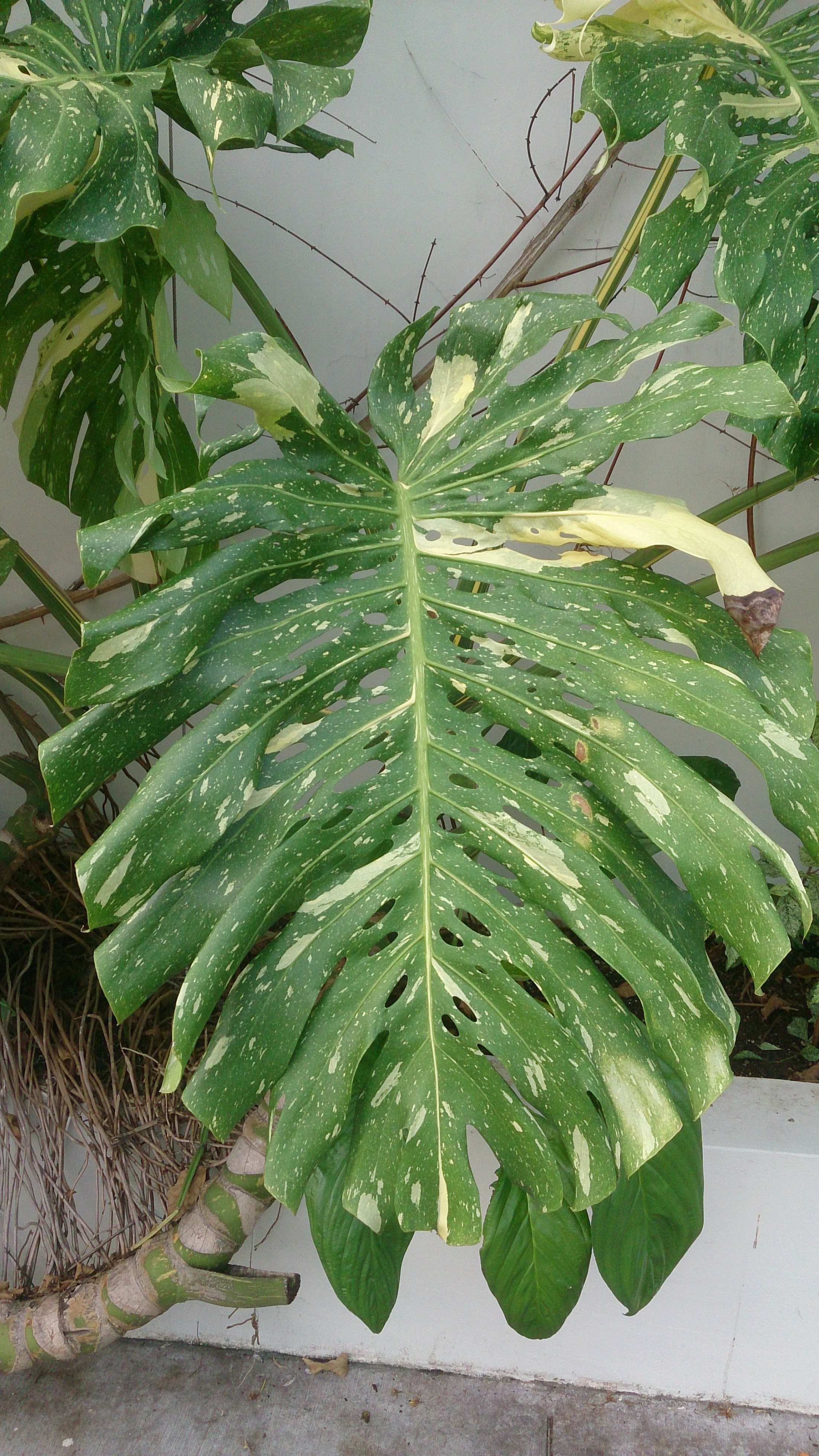Jofi Fern
The Jofi fern is a lush fern that grows on the floor of the jungle of the same name. It was first discovered by the Idrans in the great Windstrum Expedition, but it has been used by natives of the Brana region for much longer. Jofi ferns grow in a variety of colors that are muted and soft, but often variegated with an off white cream color. This off-white cream colored part of the fern is that used to make humdra fibers.
Basic Information
Anatomy
Jofi ferns have typical pinnate, feathery leaves with variegation. Jofi ferns are vascular plants that have xylem and phloem in order to circulate nutrients and waste products through their body. There are often several stems for one crop of roots.
Genetics and Reproduction
Jofi ferns are similar to other ferns in their methods of reproduction. They form gametocytes that live separately from the bulk of the adult plant that consist of rhizoids (root-like structures) and the prothallus that contains the actual gametes of the plant. As such, seed and flowers are not involved in the reproductive cycle of the Jofi fern.
Ecology and Habitats
Jofi ferns thrive in the moist, dark floor of the Jofi jungle where the soil is slightly acidic. The help to purify the soil of heavy metals. They are also a staple in the diet of many of the herbivores of the Jofi jungle.
Additional Information
Uses, Products & Exploitation
The Jofi fern was used by the natives of the Brana region for many things including food, medicine, and clothing. More potent medicines and better sources of food have replaced the Jofi fern, but it is still an important component of the song roast. During the song roast, Jofi ferns are used to wrap meat before it is sung over an open fire.
The secrets of the refining process for clothing have been closely guarded, so that natives of the Brana region are still those that perform the initial steps of refinement to this day. From the off-white colored regions of the fern, they are able to extract fibers that are used in the manufacture of the popular material humdra.
Scientific Name
Polypodiophyta jofi
Average Height
1-2 feet


